Have you thought to yourself, “what do I need to know about pregnancy?”
Well you’re in luck.
In this post you are going to learn 100 pregnancy facts to get you prepared for the next several months.
Specifically, you’ll learn:
- facts about early pregnancy,
- facts related to each trimester, and
- scary facts you should be aware of.
Let’s dive right in!

Early pregnancy facts You Need To Know
Congratulations on getting pregnant! This is both an exciting and scary time.
To help you get adjusted, here are 7 early pregnancy facts you should be aware of.
- Nausea and vomiting of pregnancy is considered a good sign – it might indicate that you have a “robust” placenta secreting good levels of b-hcg; the pregnancy hormone.
- Your baby is only the size of a seed in the first few weeks of pregnancy-you don’t actually need to consume extra calories during the first trimester. Don’t eat for two!
- Vaginal bleeding is common in the first trimester, and it doesn’t always indicate that you will have a miscarriage.
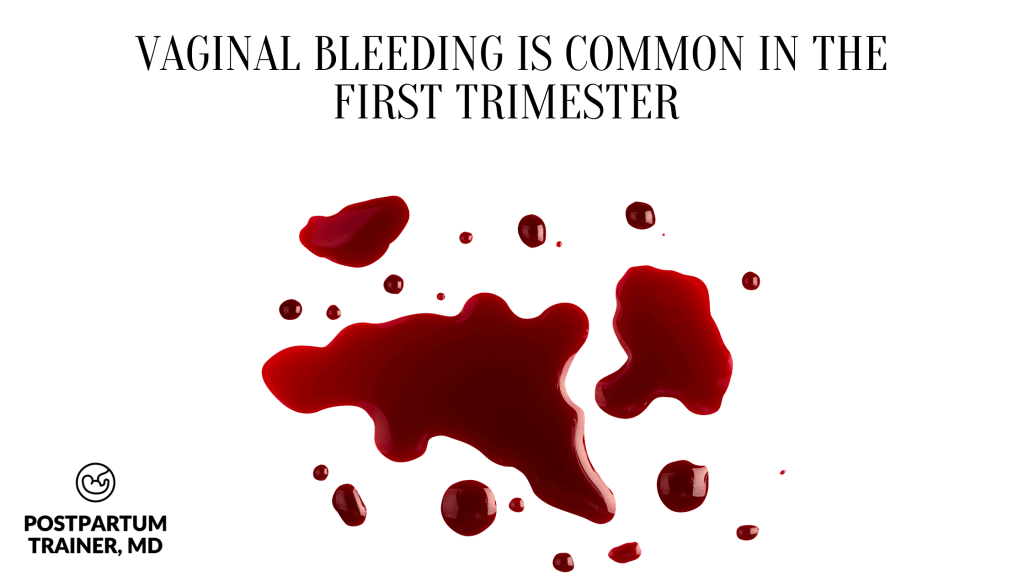
- Breast engorgement, fatigue, pelvic cramps, and sleep pattern changes are very common. It’s a long road ahead!
- You don’t have to stop exercising just because you are pregnant. Every pregnant woman is different so just check-in with your health care provider to see what’s safe and what’s off the table.
- There are certain foods you should avoid during pregnancy. These include soft cheeses, uncooked deli meat, unwashed produce, unpasteurized milk, raw fish, and high mercury fish.
- 15% of couples have infertility. Congratulations if you were able to get pregnant spontaneously.
Okay, now lets go over the three pregnancy stages.
Specifically, let’s go over what happens in each trimester of pregnancy, week by week.
Pregnancy facts week by week
Weeks 1-4
- Your pregnancy is dated by your last menstrual period, not from the time the embryo is formed (which can be ~ 2 weeks off).
- Your egg gets fertilized by the sperm inside your fallopian tube during what is considered the 2nd – 3rd week of gestation.
- At least 20% of all pregnancies will end in a miscarriage, most women won’t even know and will assume it’s their period.
Weeks 5-8
- The yolk sac becomes visible on ultrasound, which is the definitive way to diagnose that your pregnancy is inside the uterus (and not an ectopic pregnancy).

- The fetal organs begin to develop in a process known as organogenesis. This is one of the most critical times to avoid potentially toxic medications.
- A sonogram should be performed at this time to confirm your due date, and the dating can be off by ~1 week from your last menstrual period and still be considered accurate.
- Your baby’s heartbeat will be audible during this time period.
- A normal fetal heart rate is 110-160 beats per minute, compared to adults which is 60-90 beats per minute.
- The neural tube, aka spinal cord is fully formed. This is why it is important to start taking folic acid prior to becoming pregnant.
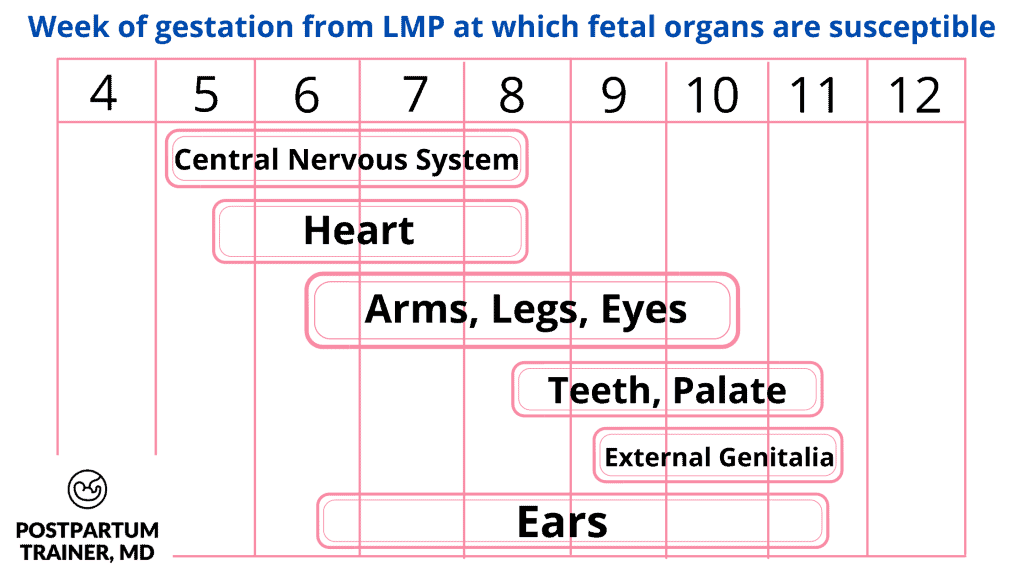
Weeks 9-13
- You can have a blood test done to know your baby’s gender. This is referred to a “NIPT” or noninvasive prenatal test. This test also checks for common genetic abnormalities.
- The thickness of your baby’s neck fold which is measured sonographically, can determine if your baby has an increased risk of Down’s syndrome.
- A “CVS” or chorionic villus sampling procedure could be performed in the office to confirm any genetic abnormalities. It involves taking a biopsy of the placenta.

- If you are at high risk for developing gestational diabetes you will have an early glucose challenge test to ensure you do not have pre-gestational diabetes.
- You will have your urine checked every single visit to look for bacteria, even if you have no symptoms.
Weeks 14-16
- Symptoms of nausea and vomiting of pregnancy should begin to improve significantly.
- A stitch (aka a cerclage) can be placed in your cervix at this time to try and prevent preterm birth. This is done on patients with a history of preterm delivery and those at very high risk of having a preterm delivery.
- A sample of the amniotic fluid can be taken in the office to confirm or test for any genetic abnormalities. This is known as an amniocentesis.
- It is during this time that your body will start producing breast milk.
Weeks 17-22
- This is when several fetal organs and bones will be clearly visible on ultrasound, and any anatomical abnormalities can be detected.
- Do babies pee in the womb? Believe it or not, yes, the amniotic fluid is made of your baby’s urine after 20 weeks.
- If you baby is female, she will have the most number of eggs that she will ever have in her life at 20 weeks of gestation. (Which is approximately~6 million. At birth, that number drops to 1-2 million).
- We can determine how many weeks pregnant you are after 20 weeks by measuring the distance from your pubic bone to the top of the uterus.
- At 20 weeks of pregnancy, the top of the uterus should be right around your belly button, which is approximately 20 cm from the pubic bone.
- This is the safest time to have surgery if you need it (for appendicitis or cholecystitis, etc).
- If you develop high blood pressure after 20 weeks gestation, it is due to the pregnancy. Before 20 weeks, the high blood pressure is not related to the pregnancy.
- Your uterus is now big enough to compress the major vessels to your heart. Don’t lie flat on your back!
Weeks 23-26
- Your baby is now considered viable; meaning it can potentially survive outside of your uterus.
- Steroids can be administrated to you as early as 23-24 weeks to help expedite the development of your baby’s lungs (if you are at risk of preterm delivery).
- It is during this time period when your linea nigra may form. This is a hyperpigmented line that appears from the top of your abdomen to your pubis. This is because your placenta releases a substance known as melanocyte-stimulating hormone.
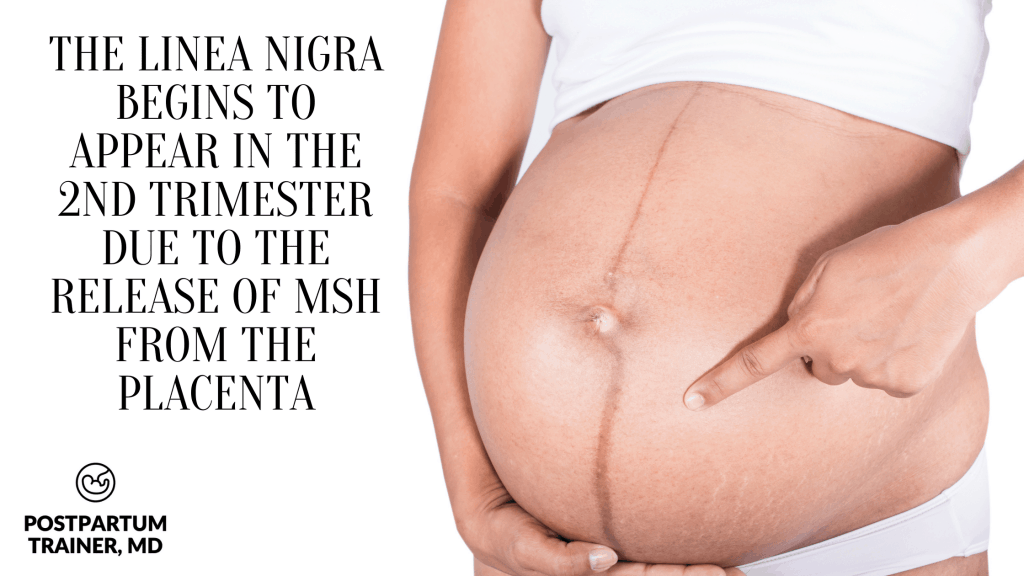
- Round ligament pain which causes discomfort in your groin from the rapid growth of your uterus, typically resolves by the end of the 2nd trimester.
Weeks 27-31
- You are officially in the 3rd trimester.
- This is the best time to check and see if your body has developed gestational diabetes. You will undergo a glucose challenge test (GCT) during these weeks. This involves drinking 50g of glucose and then having your sugar tested using a finger stick 1 hour later.
- If you fail the GCT, you will undergo the glucose tolerance test (GTT) to confirm your diagnosis of gestational diabetes. This is a 3-hour long test where you will have your blood sugar tested four times. Once fasting, and then again at 1 hour, 2 hours, and 3 hours after drinking 100g of glucose.
- If you have a blood type that is Rh-negative, you can potentially form harmful antibodies against your baby’s blood. This is why we give you a shot of Rhogam.
- The volume of blood inside your body almost doubles to accommodate your growing uterus, placenta, and baby.
- The baby’s hair will start to grow.
- Your baby’s eyes will open.
Weeks 32-36
- The baby will start to breathe inside the uterus and it can be visualized sonographically.
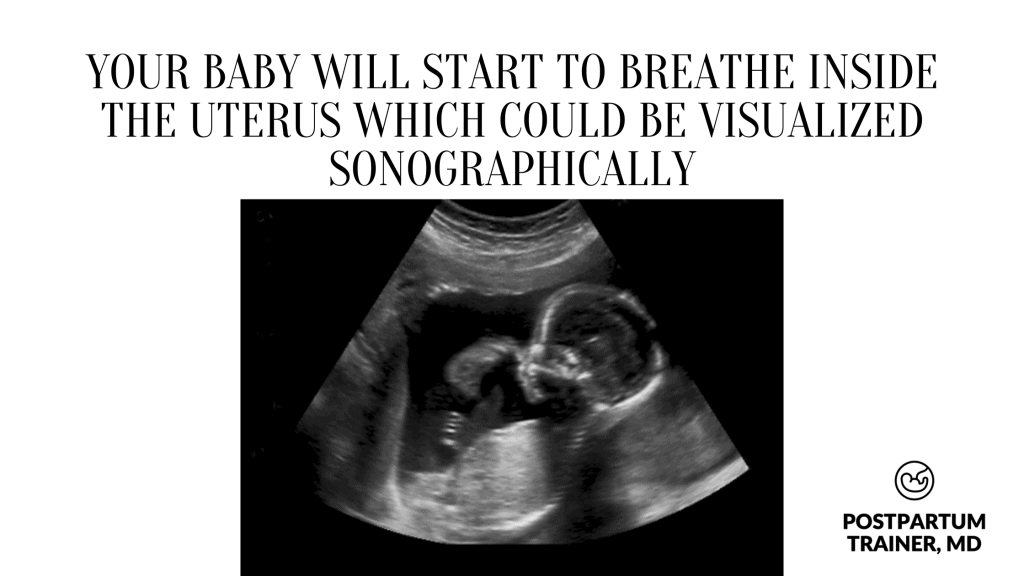
- Obviously, it’s not real breathing as the baby is submerged in fluid and the lungs are not open.
- You will have a vaginal culture taken at 35 weeks to test for group B streptococcus or GBS. GBS is not harmful to you but can be very dangerous for your baby.
- 34 weeks is a huge milestone. Most babies born at this time do very well. Congratulations on making it this far!
Weeks 37-40
- Your baby is now considered full-term!
- Full term is not exactly 9 months, if you count 4 weeks per month, it can actually be 10 months.
- You probably won’t be admitted to the hospital unless you are at least 4 cm dilated and contracting regularly.
- Unlike the movies, you probably aren’t going to break your water and the baby will come flying out. In fact, 8% of women break the water and won’t be in labor. This is known as premature rupture of membranes.
- Contractions by themselves don’t mean you are in labor. You need to have regular painful contractions AND a cervix that’s at least 2 cm dilated!
- 1 in 3 babies are born via c-section.
- It is not uncommon for labor to last 18-24 hours (or more!).
- Your cervix must dilate to 10cm to have a vaginal delivery.
- Some women can take up to three hours to push the baby out (after the several hours it takes to get fully dilated).
- The majority of women will tear vaginally after delivery of the baby – most of these will need stitches.
- The first breath your baby takes is the most difficult breath it will ever take as it rapidly expands his/her lungs.
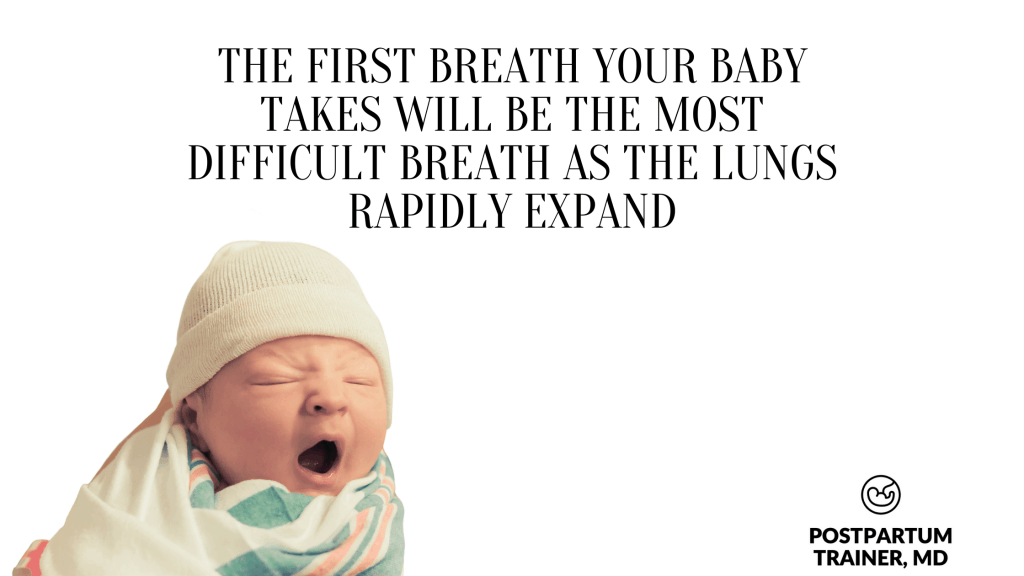
Weeks 41-42
- Induction of labor is recommended at 41 weeks if you haven’t gone into labor spontaneously.
- No OBGYN will let you go past 42 weeks gestation.
- Pregnancies that go beyond 42 weeks can lead to the following complications:
- Stillbirth (baby is born dead)
- Intrauterine fetal demise (baby dies inside the uterus)
- Oligohydramnios (decreased amniotic fluid)
- Post maturity syndrome
- Macrosomia (aka large baby)
- Meconium aspiration syndrome (baby poops while inside your uterus and swallows it causing respiratory issues)
- Cesarean section
Hopefully you learned something!
Now let’s go over a few more facts. Specifically, scary facts about pregnancy.
Scary facts about pregnancy
I don’t want to scare you, but there are certain things you need to know about pregnancy that can be life threatening.
Here they are broken down by stages of pregnancy.
Scary Facts About The First Trimester
- You can get pregnant in your fallopian tube (or in any other place outside of the uterus). This is known as ectopic pregnancy and must be treated expeditiously to avoid serious complications.
- Taking a prenatal vitamin after you find out your pregnant may actually be too late, as the neural tube has already formed.
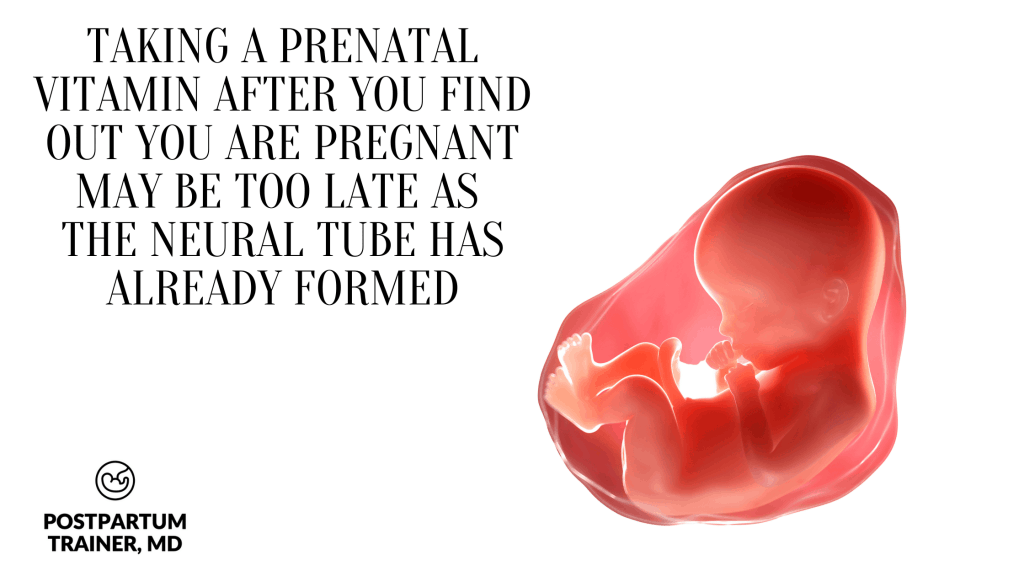
- There is nothing we can do if you have vaginal bleeding in the first trimester.
- You can get pregnant with a molar pregnancy – which resembles an intrauterine pregnancy with a very high bHCG value. These must be treated with a D&C. Molar pregnancies can develop into cancer.
- Consuming fish with high mercury levels can lead to birth defects.
- Eating soft cheeses while pregnant can lead to a serious infection that can lead to miscarriage or stillbirth.
- Being in contact with kitty litter can be dangerous to your baby, as you can develop a disease known as toxoplasmosis.
- You can still get pregnant with an IUD in place (thankfully this is super rare).
Scary Facts About The Second Trimester
- Pregnancy places you at high risk of forming blood clots. That is why you should never sit for very long periods of time, and why bed rest is not recommended.
- If your water breaks before 23 weeks your baby cannot survive outside the uterus. Every attempt will be made to prolong the pregnancy as much as possible.
- A simple UTI can lead to a kidney infection, sepsis, and death. This is why we always screen for asymptomatic bacteria in your urine.
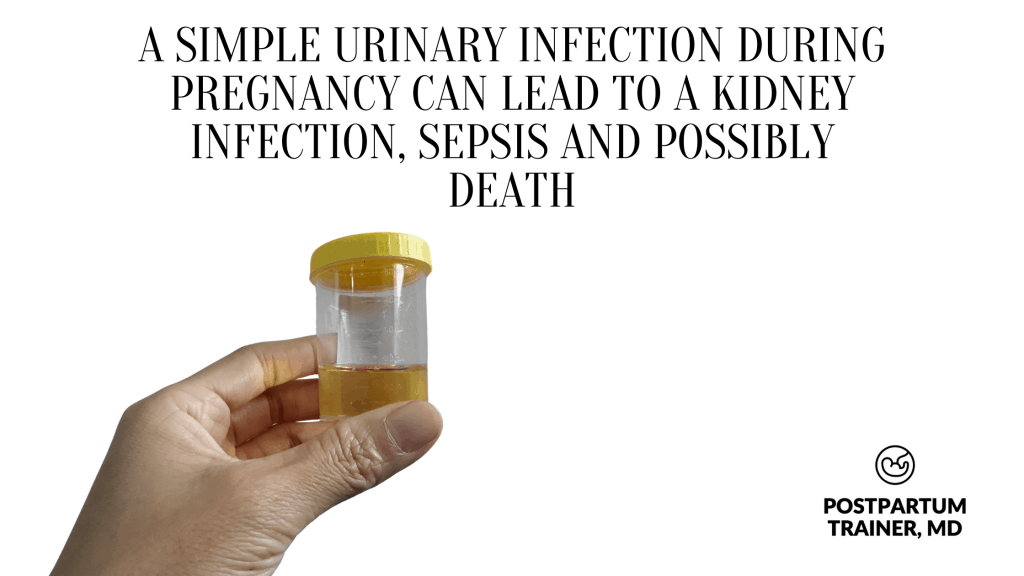
- If you are diagnosed with placenta previa, vaginal intercourse can lead to a life-threatening hemorrhage. This is why we recommend pelvic rest (aka no intercourse).
- If you experience vaginal bleeding and have a negative blood type, your body can form antibodies against fetal blood cells and attack the blood of a subsequent pregnancy – causing fetal anemia.
- Your joints loosen in pregnancy due to a hormone known as relaxin. This places you at increased risk of musculoskeletal injuries.
- Some women are diagnosed with cancer during pregnancy. Believe it or not, you can get certain types of chemotherapy during pregnancy.
Scary Facts About The Third Trimester
- Pregnancy-induced hypertension can lead to a seizure stroke if left untreated. You might not even have any warning symptoms.
- Once you have had a C-section, you are at an increased risk of having a uterine rupture if you want to try to TOLAC (trial of labor after cesarean section).
- Having multiple c-sections puts you at risk of developing placenta accreta – a very dangerous condition that often requires a hysterectomy.
- Twins are a very, very, very, high-risk pregnancy. Almost 60% of all twins deliver prematurely and all pregnancy-related complications are increased with twins.

- We can’t treat preterm labor. We can delay it for 48 hours at most, but nothing can stop nature.
- If your baby’s heart rate is down (below 110 bpm) for longer than 10 minutes, your baby is at increased risk of cerebral palsy.
- You can lose up to 1 liter of blood during your delivery. Any more than that and it is considered a postpartum hemorrhage.
- Not being treated for GBS in labor can cause neonatal meningitis, sepsis, and even death.
- If you have itching on your palms and soles you may have intrahepatic cholestasis of pregnancy. This condition can lead to intrauterine fetal demise if ignored.
Scary Postpartum Facts
- 3-10% of women can experience a postpartum hemorrhage – thankfully, we are very well trained in treating these expeditiously.
- Your heart enlarges during pregnancy. A very small percentage of women can develop heart failure if it stays enlarged after pregnancy.
- You can still develop preeclampsia or HELLP syndrome up to 6 weeks after you deliver your baby. Always pay attention to your symptoms!
- You can have a postpartum hemorrhage up to 12 weeks postpartum.
- Approximately 15% of women will develop postpartum depression. Be sure to seek help immediately if you have any symptoms.
Other Related Questions
How does it feel to be pregnant for the first time?
Everyone experiences the symptoms of pregnancy differently. Here are some common things you might experience:
- fatigue
- pelvic cramps
- vaginal spotting
- nausea, vomiting
- breast tenderness
- increased urinary frequency
- mild shortness of breath
- palpitations
- and obviously amenorrhea (or a lack of periods).
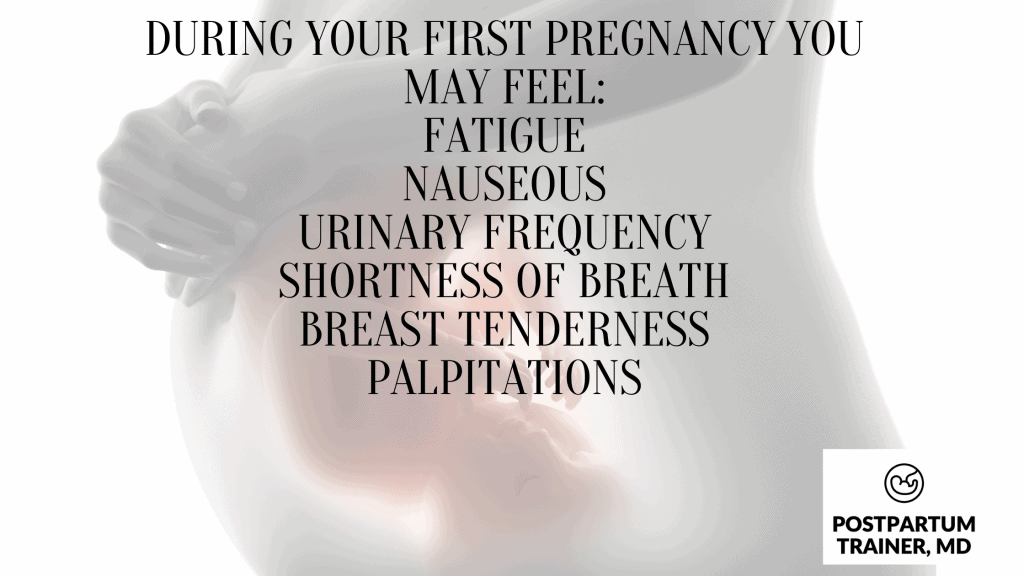
What are bad signs during pregnancy?
There are many bad signs that might happen during pregnancy.
If you experience any of these (especially in the second and third trimesters) make sure to speak with your doctor immediately.
Here is a list of some of the most common signs to look out for.
Blurry vision or seeing spots in your vision
- Blurry vision can be a sign of preeclampsia
Severe headache
- Severe headaches can be a sign of preeclampsia
Chest pain
- Chest pain can be a sign of cardiovascular disease, preeclampsia, or pulmonary embolism.
One-sided calf pain
- Unilateral calf pain can be a sign of a DVT, or a blood clot
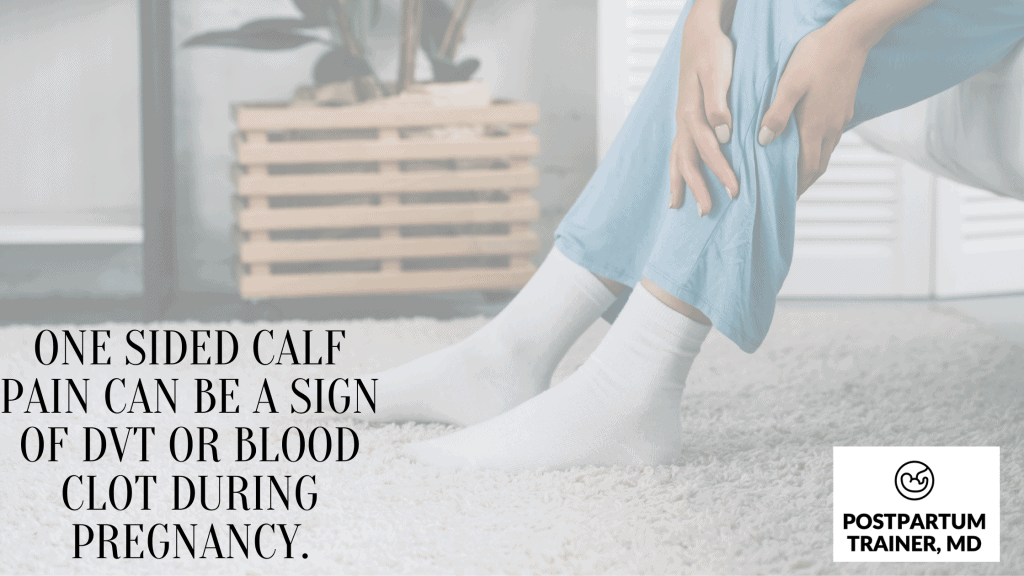
Moderate shortness of breath
- Moderate shortness of breath can be a sign of an preeclampsia, infection, asthma exacerbation, or pulmonary embolism.
Vaginal bleeding
- Vaginal bleeding can be a sign of abnormal placental location (placenta previa), placental abruption (if associated with pain), or preterm labor)
Severe abdominal pain
- Severe abdominal pain can be a sign of preeclampsia/HELLP syndrome, pancreatitis, appendicitis, cholecystitis, or preterm labor.
Not feeling the baby move when baby is normally very active
- This could unfortunately be a sign of intra-uterine fetal demise (IUFD).
Having itchy palms or soles
- Itchy palms or soles could be a sign of intrahepatic cholestasis of pregnancy – which can also lead to IUFD.
Fever
- Fevers are never normal, and can be a sign of an infection which will need treatment asap.
Final Words On Facts About Pregnancy You Should Know
Did you know all of these facts about pregnancy?
What is the most shocking or scariest fact you learned today?
Comment below and let me know!
Related Pregnancy Articles
- Should You Exercise When Trying to Conceive
- How To Pass Your Glucose Tolerance Test
- Does Walking Really Help Induce Labor?
Get Four Free Workouts To Help Strengthen Your Pelvic Floor & Heal Your Mommy Tummy!

Brittany Robles, MD, MPH, CPT
Brittany Robles is a full-time OBGYN physician, a NASM certified trainer, and a prenatal and postnatal fitness specialist. She holds a Master of Public Health degree in maternal health with a special interest in exercise and nutrition. She is also the co-author of The White Coat Trainer. Learn more about her here.
Sharing is Caring – Send This To A Mom In Need!
